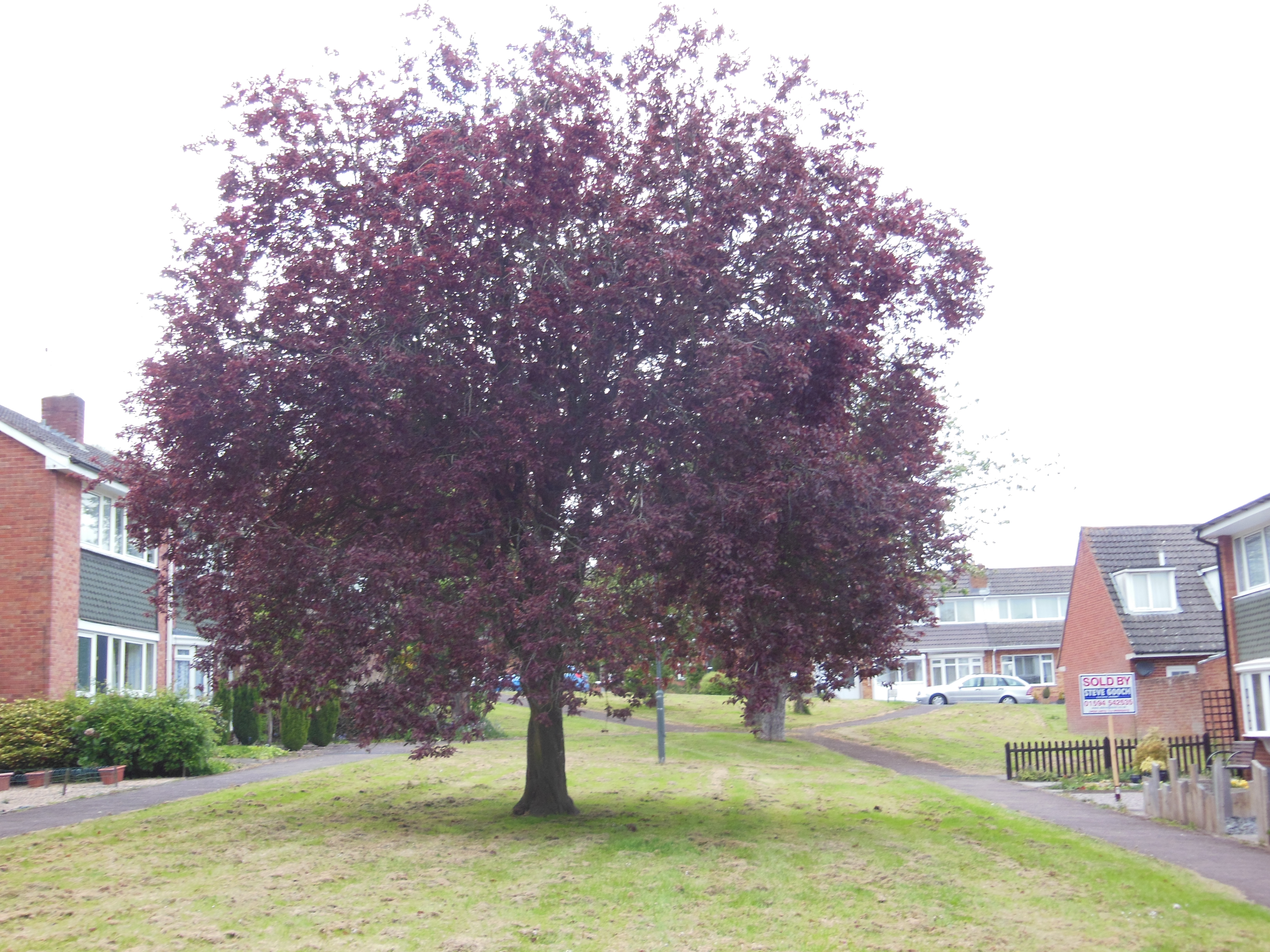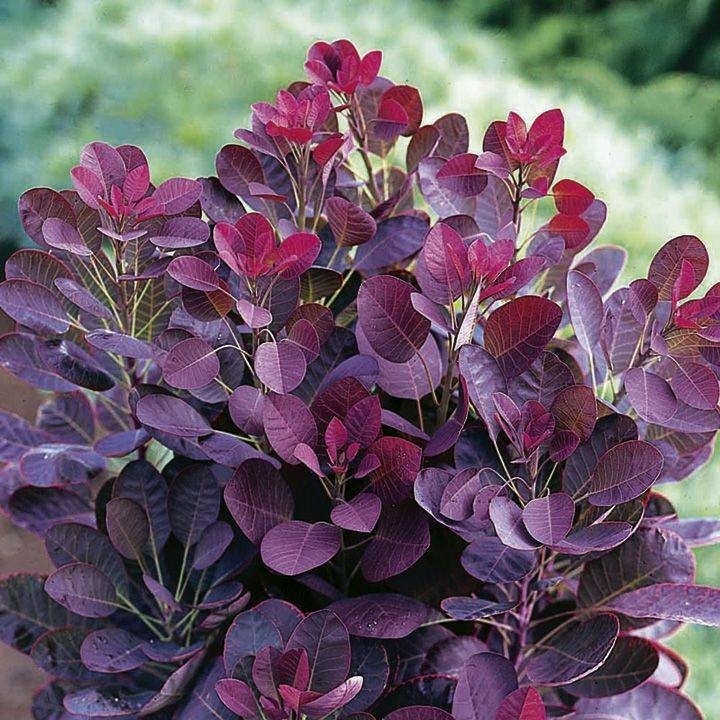

This tree has deep purple foliage all throughout summer.Įlderberry shrubs bear fruits and flowers that are popular. This tree’s adaptable to various soil types. The purple-leaf European beech thrives in USDA zones 4-7.

TREE WITH PURPLE LEAVES FULL
Well-draining soil and exposing them to a location with full or partial sunlight are recommended for crabapples. These trees grow best in USDA growing zones 3-9. Not all crabapples have purple leaves, so choose these varieties: Plant these in USDA hardiness zones 5-9 for the best results.Ĭrabapple trees grow to a height of 11-25 feet. These shrubs grow 20-30 feet tall, and they like full sun and partial shade. The rosy-pink flowers that are pea-like fit in well with the purpleness of the leaves. I love the redbud forest pansy tree scrub because it grows purple heart-shaped leaves. Varieties of purple-leaf plum you could plant in your yard are: I particularly love the light pink flowers that bloom in spring. These trees are suitable for USDA hardiness zones 5-9. If you want a tree that produces edible fruit and has pretty purple leaves, then the purple-leaf plum tree is a winner.Īs a small tree with a round shape, purple-leaf plums grow 15-25 feet tall. However, there are some dwarf tree varieties too.Įnsure your Japanese maple is planted in well-draining soil and gets enough full and partial sun to thrive. Some of these are:īest for USDA plant hardiness zones 4-8, Japanese maples grow a height of 15-25 feet. There are quite a number of Japanese maple trees that grow purple leaves. Some trees with reddish leaves also appear purple, so I’ve considered them in my list too. Since some shrubs are like mini trees, I’ve included these in my list of purple-leaved trees. The most popular purple trees are the Japanese maple, purple-leaf plum, redbud forest pansy, crabapples, purple-leaf European beech, black elderberry, purple-leaf sand cherry, crimson king maple, purple-leaf acacia, purple smoke tree, and copper beach. Frequently Asked Questions about Trees With Purple Leaves.


 0 kommentar(er)
0 kommentar(er)
